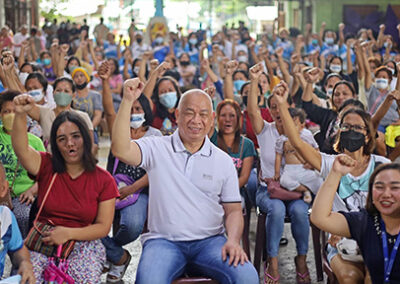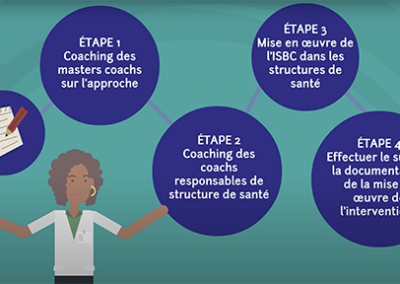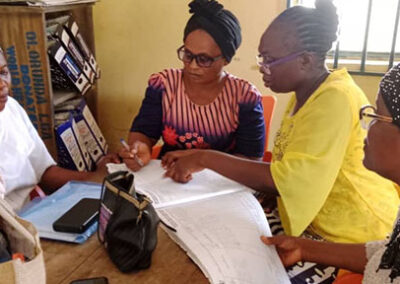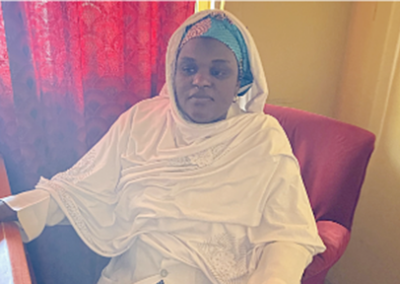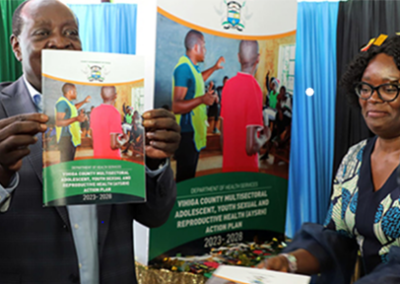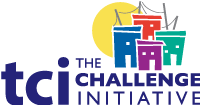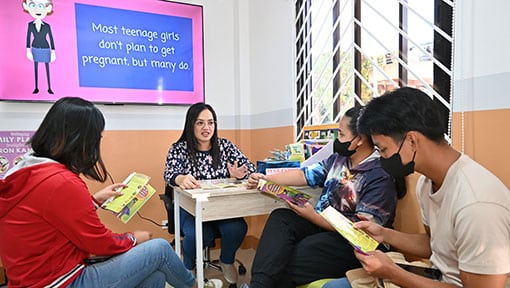
Health service provider in Lucban Health Center counsels adolescent clients after their check-ups.
Like many urban areas in the Philippines, Baguio City faces a significant issue with adolescent pregnancies. In 2018, the city recorded a high adolescent birth rate (ABR) of 38.9%, with 809 girls aged 10 to 19 giving birth.
Led by Mayor Benjamin Magalong, Baguio City joined The Challenge Initiative (TCI) in 2021 to address adolescent pregnancy, with a focus on reducing ABR, and improving adolescent and youth sexual and reproductive health (AYSRH) services locally. TCI guided the city in working with stakeholders, including youth organizations, government regional offices of the Department of Health (DOH) and Commission on Population and Development (CPD), and other organizations to develop solutions aimed at making health services more accessible and adolescent-friendly.
To lead these efforts, Mayor Magalong established a City Leadership Team (CLT). They targeted high-burden barangays or sites with high ABR to implement high-impact city-wide interventions, including the capacity building of health workers and implementation of adolescent-friendly AYSRH information campaigns.
With TCI’s support, Baguio City also intensified its efforts to certify its health district facilities as adolescent-friendly health facilities (AFHF). Certified AFHF are facilities that provide adolescent-friendly health services and are staffed by adolescent-friendly midwives, nurses, and doctors. The certification assessment process involves the DOH, CPD, the Department of Education, National Youth Commission, and other partner agencies to ensure an unbiased evaluation. Baguio City went from having no AFHFs in 2018 to having all 16 health district facilities in the city being certified AFHF.
In dreaming of a teenage-pregnancy-free Baguio City, Magalong called for the help of the young population:
We want all adolescents to be well-educated in schools rather than to rear and raise a child at an early age. The key is with you, our young leaders. We want the best for you, but you must help us, too.”
Bringing the AYSRH conversation to schools is vital to realize his dream. Diana Aurora Delizo, the former Adolescent Health and Development Program (AHDP) Coordinator for DOH-Center for Health Development in Cordillera Administrative Region, noted:
Baguio City is the education center of the region; there are a lot of students here.”
Pines City National High School is one of the secondary schools collaborating with the CLT. Because AYSRH topics are not part of the school’s regular weekday curriculum, Saturday mornings are now when students in grades 7 to 11 can openly discuss AYSRH issues. This school-based activity highlights the importance of peer-educator training, as noted by Sheryl K. Anos, Population Program Officer in Lucban Health Center:
It is good to train peer educators because we recognize that adolescents are more comfortable opening up when surrounded by peers of the same age.”
Anos further shared that they partner not only with schools but also with Barangay Local Government Units (LGUs) to conduct advocacy campaigns:
During human papillomavirus (HPV) vaccination for 9 to 14 -year–olds in barangay halls, we organize a mini lecture, then games, and then the vaccination. There are times that they (schools and Barangay LGUs) tap us, but sometimes it is good for us to be the ones approaching them.”

With TCI’s support, Lucban Health Center has improved its target client list for maternal care and services, particularly for pregnant adolescents.
Other notable efforts in Baguio City include sharing of good practices among health facilities, conducting door-to-door visits, running awareness campaigns on television, radio, print and online platforms, and creating an adolescent-friendly environment in gyms, computer labs and study areas within their facilities. They have also increased staffing for AYSRH services, established separate rooms for adolescents, planned recreational activities for young patients, and allocated a budget for incentives to peer educators.
By 2023, just two years after TCI first engaged with Baguio City, the ABR has significantly dropped to 14.5%, cutting the ABR recorded in 2018 by more than half. From around 800 adolescents giving birth in 2018, only 209 were recorded in 2023.
These numbers signify the success of the city’s proactive and collaborative approach in mitigating adolescent pregnancies. While the journey continues, with the help of everyone, the City of Pines remains at the forefront, advocating for the health and well-being of its youth.

